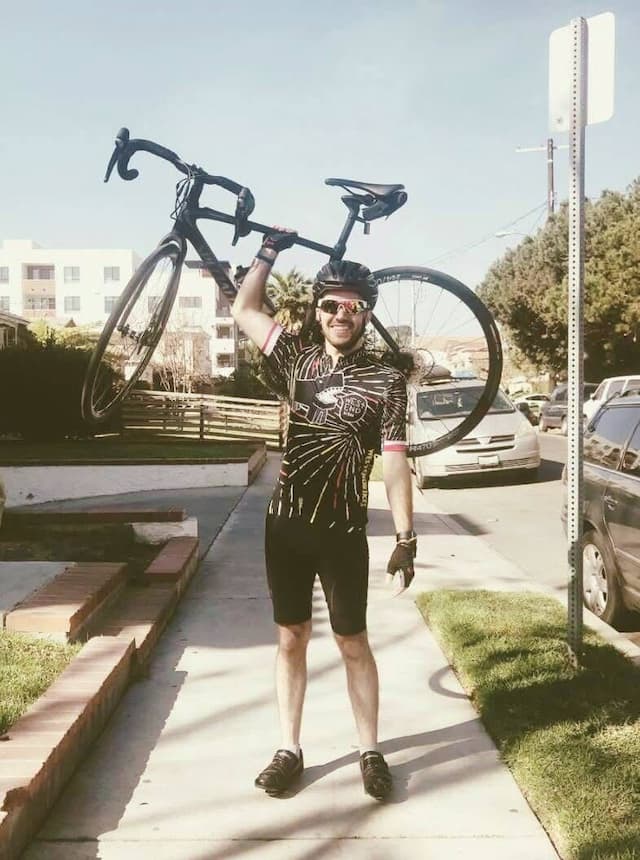How Mindfulness Brings Peace to Suffering - Serenity in Suffering
Welcome to Mindfulness Monday! This week I’m going to share with you how mindfulness brings peace to suffering. We’ll learn some ways to find peace in the present moment in our homes, with our families and friends. By learning to be more present, right here, right now, you will live a fuller life. Choose to love more completely and free yourself of unnecessary stress and anxiety!
Searching for Peace
When walking through suffering, my heart seems to cry out for two things: removal of the suffering and peace. For the longest time, in my own mind those two were inter-dependent; one had to be removed to have the other. Without the suffering, I would have peace. If the suffering remained, I accepted the fact that I was denied peace as well. Enter mindfulness; the game changer for me.
“Where is peace to be found? In the same place as suffering. How convenient!”
Larry Rosenberg
As I have written about previously, due to past trauma and my own personality, I live in one of two places. I live in the past or the future. Since there are past events that are extremely painful for me, I don’t tend to go there willingly, but I do visit occasionally. Most of my time is spent in the future. Unfortunately a coping mechanism learned in order to survive present and past difficulties.
Mindfulness on the other hand, dwells only in the present moment without judgment. I learned that the beauty of dwelling in the present moment without judgment, created a safe place free of the depression and shame of the past. In addition it offered freedom from fear and anxiety of the future. It kept me from “running” and striving to change my circumstances. In its simplest form, peace is defined as “the absence of strife, war and chaos; quiet, calm, safety”. That is exactly what mindfulness offered me. I began my journey learning how mindfulness brings peace to suffering.
Mindful Check-in
I found the best place to begin, is to start with a one to five minute practice called the “Mindful Check-in“. This is basically a formal way to check in with how you are feeling in the present moment. You simply acknowledge what is there, without judgment. Remember, emotions are neither good nor bad, they simply “are”. They are clear indicators of our thoughts and current mindset. Your thoughts create your emotions, which determine your actions. A mindful check-in determines what you are feeling and how that is affecting your body. Think of the mindful check-in as a survey of the current internal weather conditions; physical sensations, state of mind and any thoughts that are arising, emotions that are present. These three realms provide a direct connection to your lived reality, and are accessible any time through mindfulness.
“Feeling the need to be busy all the time is a trauma response and fear-based distraction from what you would be forced to acknowledge and feel if you slowed down.”
Tutu Mora
Practice Peace
Mindful check-in can be done anywhere, anytime. Simply find a quiet spot, which may mean closing the door to your room or office. Finding a quiet place outside, or pausing in your driveway as you get home. Take a comfortable, upright sitting posture, feet on the floor, back straight, but not rigid and close your eyes. Take a few slow, deep breaths, bring yourself into the present moment by recalling the day of the week, date or place where you happen to be.
- Appreciate your decision to pause. Take a moment to appreciate yourself, and the space you have allowed to do this practice. In the demands and rush of each day it is rare to deliberately take even a few moments to see how we are. It is more common to check in on a loved one or friend than ourselves. Acknowledge the generosity and kindness you have shown yourself in this moment. Doing this simple gesture causes a shift from the tendency to just move on to the next thing, to making time and space to take care of yourself.
- Focus on the moment with kindness. Now shift your focus to the experiences of your body and mind for about 3 minutes. Consider any thoughts or emotions just as they are; without judgment, analyzation or evaluation. The focus is simply being with yourself, noticing what you are feeling and how that feels in your body. This was the hardest part for me at first, I didn’t want to acknowledge emotions I was feeling. In fact I couldn’t identify them at first because I so often denied them. I no longer recognized what they were. But the benefit here is being able to know exactly what you are feeling. Notice how that feels in your body, the thoughts that generate it, and accept it without categorizing it as good or bad. By “naming” the emotion, you “tame” it, allowing yourself to experience it without it controlling you.
- Compassionately close your time. As you close the practice, in kindness acknowledge yourself for taking this time to care for yourself. Knowing that you are making space for wholeness and well-being. Take a final moment to think of three things you are grateful for, as you slowly take a few deep breaths. The first thing that I am always grateful for is my Great God. I remember in that moment His great love for me. Also that He is with me, in His majesty He is for me and that He lives within me. I focus my thoughts on His goodness and lovingkindness; and gently close my time in that prayer to Him.

“And the peace of God which surpasses all understanding, will guard your hearts and minds in Christ Jesus.” Philippians 4:7
As I began tentatively with this practice, I noticed the benefits relatively quickly. I began taking the time to “practice peace” as I call it, two to three times per day. When life is most challenging, I find I crave it more. When things are more settled for me, I may only practice once daily. I found what was especially beneficial was to anticipate my need. Mindful check-in is a great way to prepare for a meeting, visit or situation that you know triggers you in some way. Rather than waiting until you are already in a bad place emotionally, use the mindful check-in as a transition practice to prepare you ahead of time to receive what will come your way.
Learning how mindfulness brings peace to suffering, continues to be a game changer for me. It allows me to find peace in the most difficult realities of my life, by learning to accept and receive each situation as it is without a focus on the outcome. I learned to be compassionate to myself and others. It’s easier to understand my emotions better and how they affect my body. I now respond rather than react to stressful triggers. The biggest benefit by far is that by making space for that pause, I am able to see things more clearly. I hear God speaking into my life words of love, assurance and grace. Almost every time I have practiced the mindful check-in, I rose from the practice not only more peaceful, but with a clearer direction. Also, at times with solutions for problems that previously seemed unsolvable.
Mindfulness was the little key that unlocked the present where God meets me. He doesn’t always remove the suffering, but He offers peace in the midst of it.
“For the mountains may depart and the hills be removed, but my steadfast love shall not depart from you, and my covenant of peace shall not be removed, says the Lord who has compassion on you.”
Isaiah 54:10





